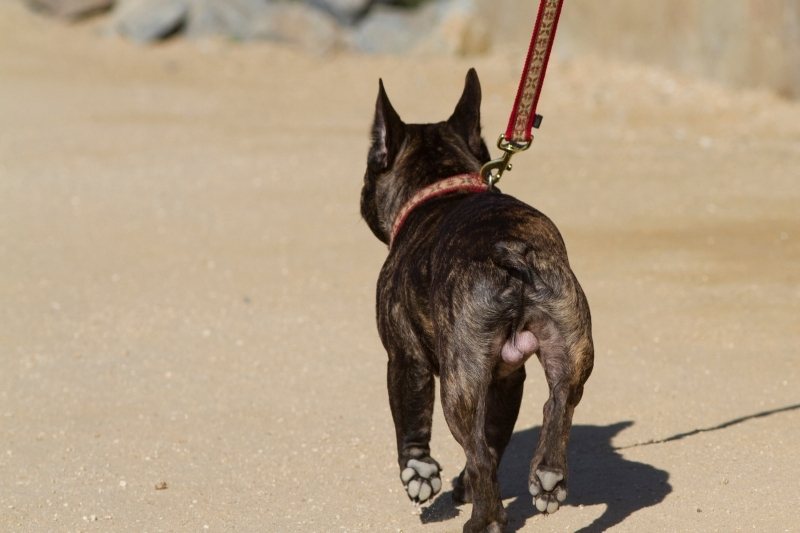Do dogs smile and laugh?

If you could speak the language of a dog or read their minds, what would you want to know? Well, for us, it would be to know what they're feeling.
If you're a dog owner, no doubt you have a large amount of love for your canine, and you want to make it happy and also laugh if possible. You may have stumbled across many photos of dogs grinning from ear to ear and appearing to laugh.
You may be wondering, how true is that? Can I achieve that as a dog owner? Well, to know more, let's break the two expressions down.
Do dogs smile?
If you don't know by now, dogs are brilliant animals. They mirror our behaviors and often reflect our emotions too.
But, when it comes to smiling, there are multiple reasons a dog might smile, and that's not just because they're mirroring our emotions.
First of all, a dog may smile because they are submissive. This is common in puppies and dogs when a more threatening dog approaches them. Suddenly, the dog becomes more relaxed, their tongue sticks out, and their mouth opens.
On the contrary, they can also snarl when they feel threatened. Here, your dog will pull back its mouth, show all of its teeth, and then proceed to bite.
Don't worry; if your dog is doing this, most of the time, it's easy to identify as their body language and posture will be different from usual. They will be tenser.
Just like you, you may also find your dog grinning/smiling when they see tasty food or if the weather is hot outside.
Do dogs laugh?

A dog laughing is often a controversial subject widely debated in the animal community. It's believed that dogs do laugh when they're playing. Typical signs of them laughing are them producing a sound which is similar to panting.
An animal behaviorist known as Patricia Simonet mentioned that when a dog laughs, it produces various frequencies from panting. Such dog noises have also been played to puppies where they actively responded.
The laughter sound created by dogs is made by exhaling and inhaling air. When the dog pants, it has little vocalization and sounds more like a “huh hah.”
How do you detect if your dog is happy?
Now you have a basic idea of smiling and laughter in dogs; you must know when your dog is happy. The easy signs to spot are their posture and tail. First of all, dogs can wag their tail to communicate a range of different information.
If it's happy, your dog will sit in a neutral position, and its tail will be down. When it's happy, its tail will move up in the air and wiggle. If your dog suddenly drops its tail low, it could be scared or feeling anxious.
Conclusion
Dogs do laugh and smile. To make your dog smile, expose it to some good weather or give it a tasty treat. A genuine smile will be when your dog is relaxed and its tongue is hovering over its front teeth.
Please don't get confused with a snarl, which is when your dog may feel threatened, and it's curling its mouth, ready to attack. Likewise, your dog can also laugh, most likely when you're playing with them. Their laugh may sound more like a forceful pant.

Alex Wrigley is a professional writer and blogger who loves travel, technology and dogs. She is originally from the UK but currently lives in Nepal with her three dogs: two pugs and a golden retriever.







